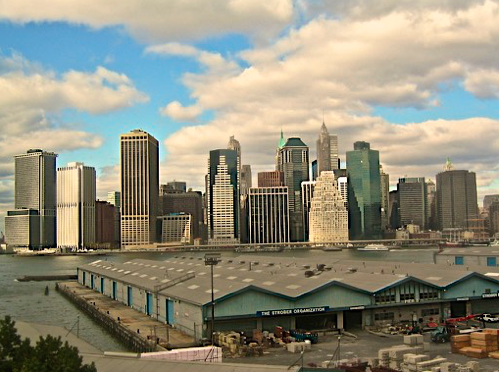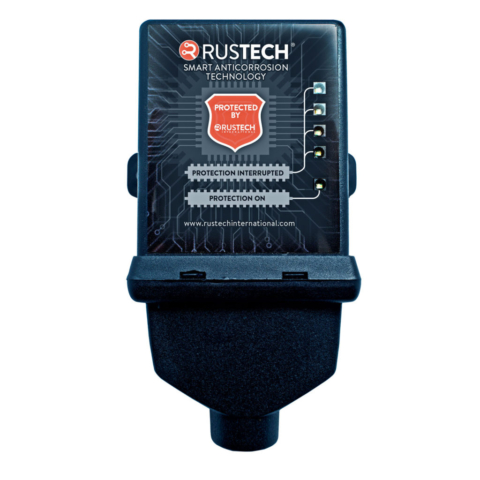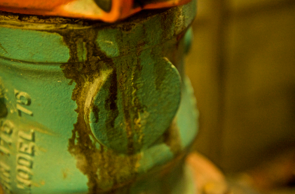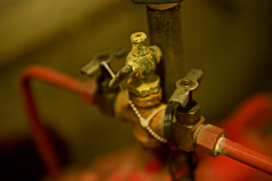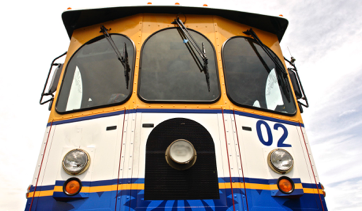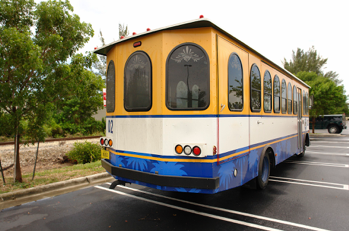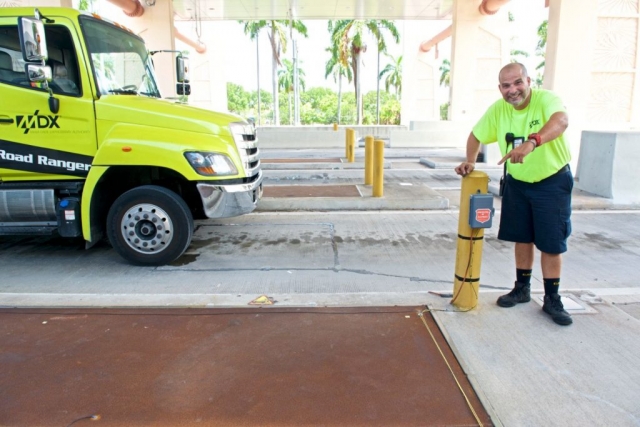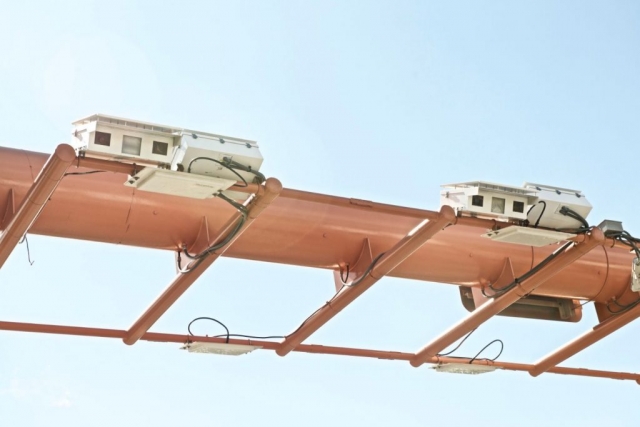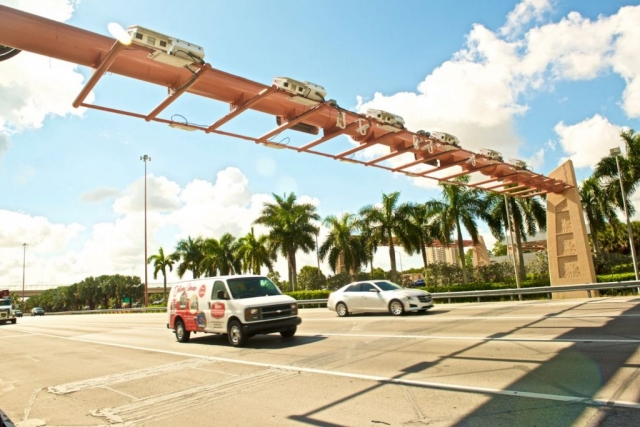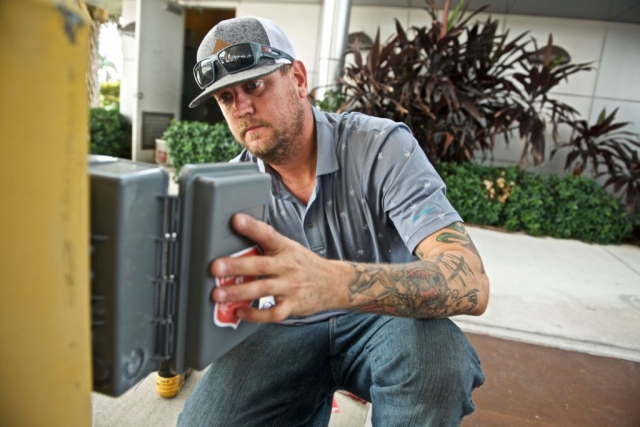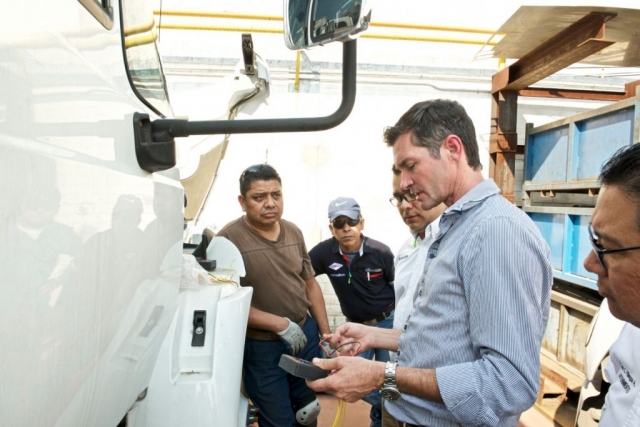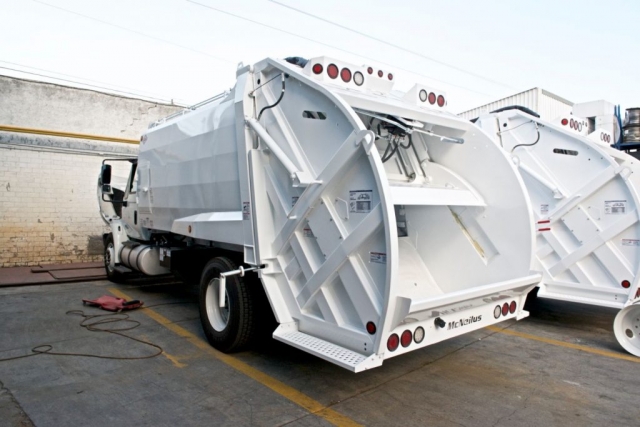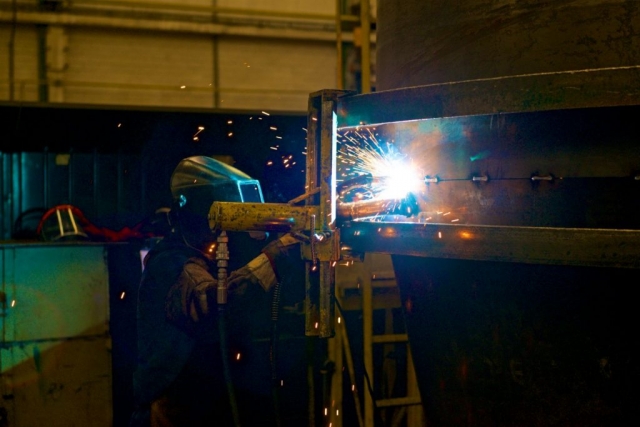Civil Sector
Rustech® will be an indispensable tool for cities and communities, making existing bridges safer, protecting under-ground pipelines, telecommunication towers, structural walls, power lines, grids, and buildings, such as schools, court houses, fire stations from harsh corrosion.
ELECTRICAL UTILITIES
Electricity-generating plants can be divided into seven generic types: fossil, fuel, nuclear, hydroelectric, cogeneration, geothermal, solar, and wind. The majority of electrical power in the U.S. is generated by fossil fuel and nuclear supply systems. The direct cost attributed to corrosion was $6.9 billion, with the largest amounts for nuclear power ($4.2 billion), followed by fossil fuel ($1.9 billion), hydraulic and other power.” ($0.15 billion), and transmission and distribution ($0.6 billion). According to the report, “Corrosion is the primary factor affecting the longevity and reliability of gas and liquid transmission pipelines that transport crucial energy sources throughout the nation. There are more than 528,000 km (328,000 miles) of natural gas transmission and gathering pipelines, 119,000 km (74,000 miles) of crude transmission and gathering pipelines, and 132,000 km (82,000 miles) of hazardous liquid transmission pipelines. The average annual corrosion-related cost is estimated at $7 billion to monitor, replace, and maintain these assets. The corrosion-related cost of operation and maintenance makes up 80% of this cost (source: g2mtlabs)
Rustech® is an ideal partner in power generating plants and nuclear plants by providing sound protection against their worst enemy, corrosion.
HIGHWAY BRIDGES
The U.S. Federal Highway Administration (FHWA) has rated almost 200,000 bridges, or one of every three bridges in the U.S., as structurally deficient or functionally obsolete. Furthermore, more than one-fourth of all bridges are over 50 years old, the average design-life of a bridge.
There are 607,380 bridges in the United States (2013). Of this total, 200,000 bridges are steel, 235,000 are conventional reinforced concrete, 108,000 bridges are constructed using prestressed concrete, and the balance is made using other materials of construction. Approximately 30 percent of the bridges are structurally deficient or functionally obsolete. The annual direct cost of corrosion for highway bridges is estimated to be $13.6 billion. Corrosion is a leading factor in the degradation of bridges. Not all bridge collapse or bridge failures incidents are caused by corrosion, which appears to be the case in the recent Skagit River Bridge incident (5/23/13), but corrosion poses a growing threat as bridge infrastructure continues to age and spending on maintenance and repair is put off. According to the U.S. Department of Transportation, the federal government’s annual investment is less than two thirds of what is needed to maintain roads and bridges, and this doesn’t factor in improvements. As infrastructure deteriorates the cost of maintenance and repair increases, and the longer it takes, the higher and faster those costs rise.
The Federal Highway Administration estimates it will cost $20.5 billion annually for the next 16 years to properly update existing bridges, more than 60% of what is currently being spent.
Most bridges were built for a 50-year design life, which means state highway departments will have to maintain those bridges beyond their original design lives, which will be challenging because they were built to lower design standards than those used today. The following chart shows the distribution of U.S. Bridges by Age. (source: nace.org)
Rustech® can be implemented to protect bridges of all sizes, from steel bridges to concrete with steel reinforcements. Rustech® works in any weather condition, from snow to scorching heat and even under water (salt or sweet), ensuring solid corrosion protection against the worst environments.
WATERWAYS AND PORTS
U.S. waterways and ports play a vital role in moving people and commerce throughout the U.S. In the United States, (25,000 mi) of commercial navigable waterways serve 41 states, including all states east of the Mississippi River. Hundreds of locks facilitate travel along these waterways. Corrosion is typically found in piers and docks. bulkheads and retraining walls, mooring structures, and navigational aids. There is no formal tracking of corrosion-related costs. The U.S. Army Corps of Engineers estimated annual corrosion-related costs for locks and dams to be approximately $70 million at 5 percent of the O&M budget of $1.4 billion.(39′ Because of the aging of the structures however, high replacement costs are anticipated due, in part, to corrosion. The annual corrosion cost of ports and waterways owned and/or operated by public port authorities is estimated at $182 million.’401 The U.S. Coast Guard maintains navigational aids such as light structures, buoys, and other saltwater and freshwater exposed structures. (source: energyskeptic)
Rustech® can be used to protect the waterways and docks ensuring that they are in working order even if they are under water.

